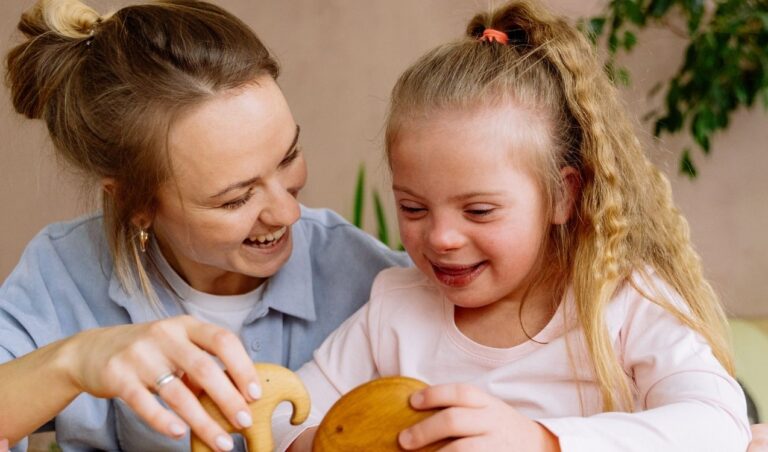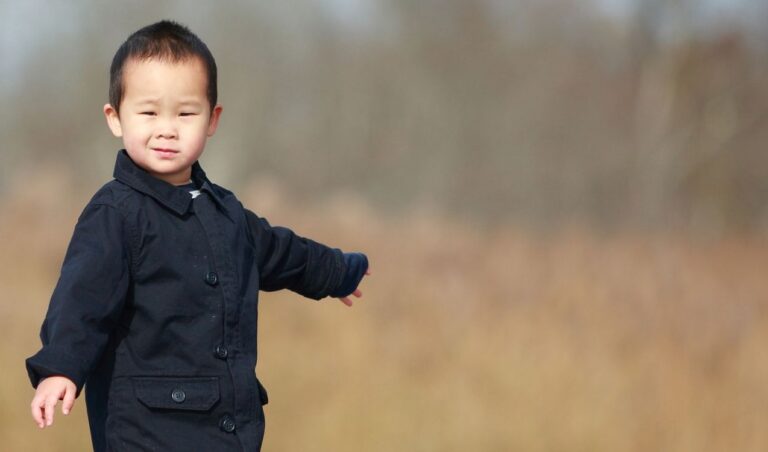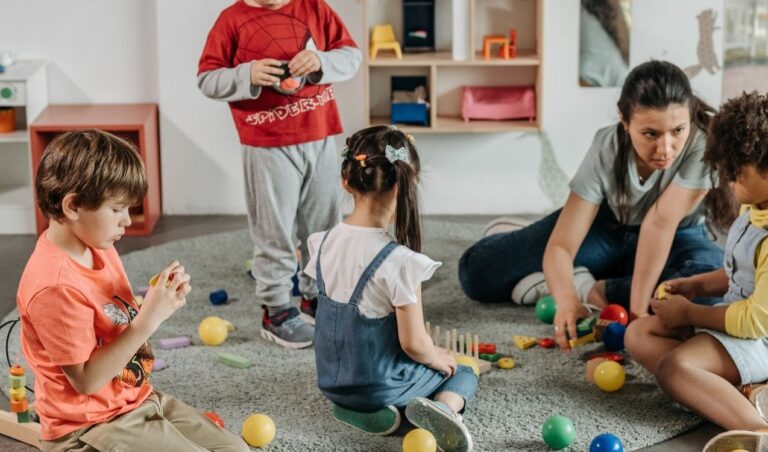Parenting a Child with Autism: Essential Strategies
Parenting a Child with Autism: Essential Strategies Parenting a child with autism presents unique challenges and remarkable opportunities for growth. While an autism spectrum disorder (ASD) diagnosis can be overwhelming at first, it also opens the door to better understanding your child’s needs, strengths, and potential. Every child with autism is different, with their mix […]
Signs of Severe Autism in 2-Year-Old: Key signs to watch for
Signs of Severe Autism in 2-Year-Old: Key signs to watch for Recognizing the signs of autism, particularly the signs of severe autism in a 2-year-old, can be life-changing. At this stage of early childhood, children typically reach important developmental milestones related to speech, social interaction, and play. However, in some children, the absence or regression […]
When to Worry About Speech Delay: Key Signs and Guidance
When to Worry About Speech Delay: Key Signs and Guidance Speech and language development is one of the most critical aspects of a child’s early growth. While children often progress at their own pace, there are times when speech delays may indicate a more significant concern. As a parent, it can be difficult to know […]
Understanding Developmental Milestones for Autism in Early Childhood
Understanding Developmental Milestones for Autism in Early Childhood Introduction to Autism Autism Spectrum Disorder (ASD) is a developmental disability that affects how children communicate, interact socially, and process the world around them, particularly during their first few months of life. While it’s commonly recognized through differences in social communication, children with autism also experience a […]
Early Signs of Autism in Newborns: What Parents Should Know
Early Signs of Autism in Newborns: What Parents Should Know Introduction to Autism Spectrum Disorder Autism Spectrum Disorder (ASD) is a neurodevelopmental condition that affects how a child communicates, behaves, and interacts with others, and includes common symptoms. It’s called a “spectrum” because symptoms and severity can vary widely. Understanding ASD early in a child’s […]







